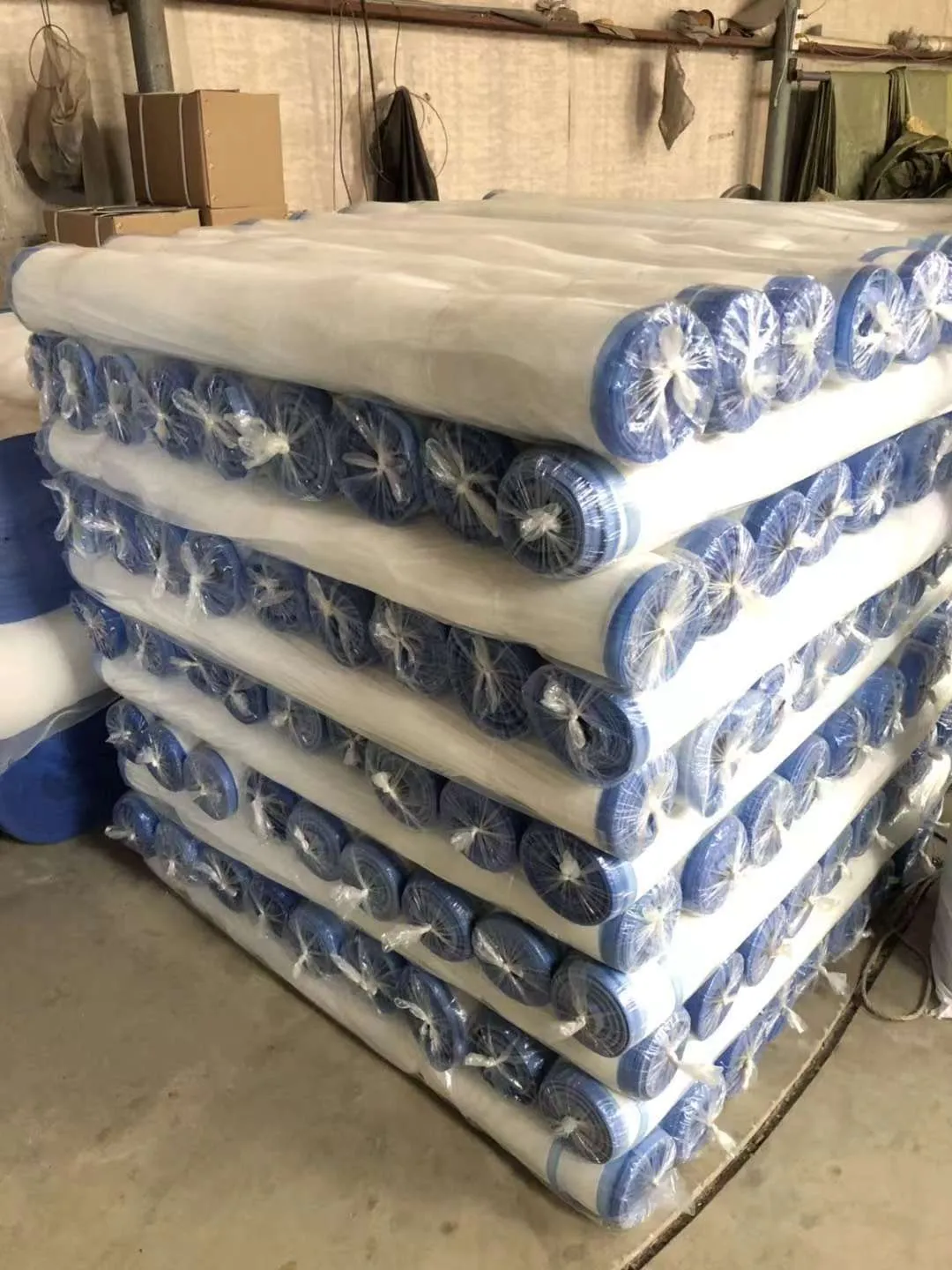-
 Afrikaans
Afrikaans -
 Albanian
Albanian -
 Amharic
Amharic -
 Arabic
Arabic -
 Armenian
Armenian -
 Azerbaijani
Azerbaijani -
 Basque
Basque -
 Belarusian
Belarusian -
 Bengali
Bengali -
 Bosnian
Bosnian -
 Bulgarian
Bulgarian -
 Catalan
Catalan -
 Cebuano
Cebuano -
 China
China -
 Corsican
Corsican -
 Croatian
Croatian -
 Czech
Czech -
 Danish
Danish -
 Dutch
Dutch -
 English
English -
 Esperanto
Esperanto -
 Estonian
Estonian -
 Finnish
Finnish -
 French
French -
 Frisian
Frisian -
 Galician
Galician -
 Georgian
Georgian -
 German
German -
 Greek
Greek -
 Gujarati
Gujarati -
 Haitian Creole
Haitian Creole -
 hausa
hausa -
 hawaiian
hawaiian -
 Hebrew
Hebrew -
 Hindi
Hindi -
 Miao
Miao -
 Hungarian
Hungarian -
 Icelandic
Icelandic -
 igbo
igbo -
 Indonesian
Indonesian -
 irish
irish -
 Italian
Italian -
 Japanese
Japanese -
 Javanese
Javanese -
 Kannada
Kannada -
 kazakh
kazakh -
 Khmer
Khmer -
 Rwandese
Rwandese -
 Korean
Korean -
 Kurdish
Kurdish -
 Kyrgyz
Kyrgyz -
 Lao
Lao -
 Latin
Latin -
 Latvian
Latvian -
 Lithuanian
Lithuanian -
 Luxembourgish
Luxembourgish -
 Macedonian
Macedonian -
 Malgashi
Malgashi -
 Malay
Malay -
 Malayalam
Malayalam -
 Maltese
Maltese -
 Maori
Maori -
 Marathi
Marathi -
 Mongolian
Mongolian -
 Myanmar
Myanmar -
 Nepali
Nepali -
 Norwegian
Norwegian -
 Norwegian
Norwegian -
 Occitan
Occitan -
 Pashto
Pashto -
 Persian
Persian -
 Polish
Polish -
 Portuguese
Portuguese -
 Punjabi
Punjabi -
 Romanian
Romanian -
 Russian
Russian -
 Samoan
Samoan -
 Scottish Gaelic
Scottish Gaelic -
 Serbian
Serbian -
 Sesotho
Sesotho -
 Shona
Shona -
 Sindhi
Sindhi -
 Sinhala
Sinhala -
 Slovak
Slovak -
 Slovenian
Slovenian -
 Somali
Somali -
 Spanish
Spanish -
 Sundanese
Sundanese -
 Swahili
Swahili -
 Swedish
Swedish -
 Tagalog
Tagalog -
 Tajik
Tajik -
 Tamil
Tamil -
 Tatar
Tatar -
 Telugu
Telugu -
 Thai
Thai -
 Turkish
Turkish -
 Turkmen
Turkmen -
 Ukrainian
Ukrainian -
 Urdu
Urdu -
 Uighur
Uighur -
 Uzbek
Uzbek -
 Vietnamese
Vietnamese -
 Welsh
Welsh -
 Bantu
Bantu -
 Yiddish
Yiddish -
 Yoruba
Yoruba -
 Zulu
Zulu
Insect Proof Net Size Solutions | Durable & Effective Insect Protection
Insect Proof Net Size Finding the Right Fit for Your Needs
In the world of gardening and agriculture, protecting crops from pests is a crucial aspect of ensuring healthy yields. One effective method adopted by both amateur gardeners and professional farmers is the use of insect proof nets. These nets serve as a barrier, preventing insects from reaching plants while still allowing light, air, and moisture to penetrate. However, selecting the appropriate size of insect proof net is vital to maximize their effectiveness.
Understanding Insect Proof Nets
Insect proof nets, commonly referred to as insect netting or mesh, are designed to act as a physical barrier against a wide range of pests such as aphids, whiteflies, and other harmful insects. These nets are usually made from lightweight materials, often polypropylene or polyethylene, with fine mesh that prevents insects from entering. They are available in various sizes, thicknesses, and colors, allowing users to choose what best fits their gardening or farming needs.
Determining the Right Size
When considering insect proof nets, several factors come into play regarding size. The specific dimensions required depend on the type of plants being covered, the location of the garden or farm, and the severity of the pest problem in the area.
1. Plant Size and Growth One of the primary considerations when selecting the size of insect proof netting is the size of the plants you intend to protect. If you have young seedlings or smaller plants, a smaller net can suffice. However, as plants grow taller or wider, you might need a larger net that allows for ample coverage and space for growth.
insect proof net size

2. Garden Layout The layout of your garden will also impact the size of the netting you choose. For instance, if you are covering a row of crops, longer lengths of netting might be necessary. Conversely, if you have individual pots or small patches, pre-cut smaller pieces may be ideal.
3. Environmental Factors Consideration of environmental factors such as wind conditions and exposure to sunlight is essential. In areas with high winds, sturdier and larger nets may be necessary to ensure they remain in place. Additionally, ensuring the netting is tall enough to accommodate the plants and provide unrestricted growth is crucial.
4. Pest Pressure and Type Different pests may require different strategies. For example, if you're dealing with larger pests, a coarser mesh may suffice, while finer mesh is necessary for smaller insects which may easily slip through wider openings.
Installation Tips
Once you have determined the correct size of your insect proof netting, proper installation is important for its effectiveness. Ensure that the net is securely anchored to the ground to prevent pests from entering underneath, and avoid gaps where insects might sneak in. Regular inspections will help maintain the integrity of the netting and ensure that it continues to provide adequate protection.
Conclusion
Insect proof nets are a vital tool in the fight against agricultural pests, and selecting the right size is imperative for achieving the desired protection. By taking into account plant size, garden layout, environmental factors, and the type of pests prevalent in your area, you can ensure that your crops remain safe and healthy. Investing in the right insect proof netting can lead to bountiful harvests and a thriving garden, free from the worries of pest invasions. With care and consideration, these nets can be a gardener’s best ally in cultivating a successful crop.
-
Shipping Plastic Bags for Every NeedNewsJul.24,2025
-
Safety Netting: Your Shield in ConstructionNewsJul.24,2025
-
Plastic Mesh Netting for Everyday UseNewsJul.24,2025
-
Nylon Netting for Every UseNewsJul.24,2025
-
Mesh Breeder Box for Fish TanksNewsJul.24,2025
-
Expanded Steel Mesh Offers Durable VersatilityNewsJul.24,2025











